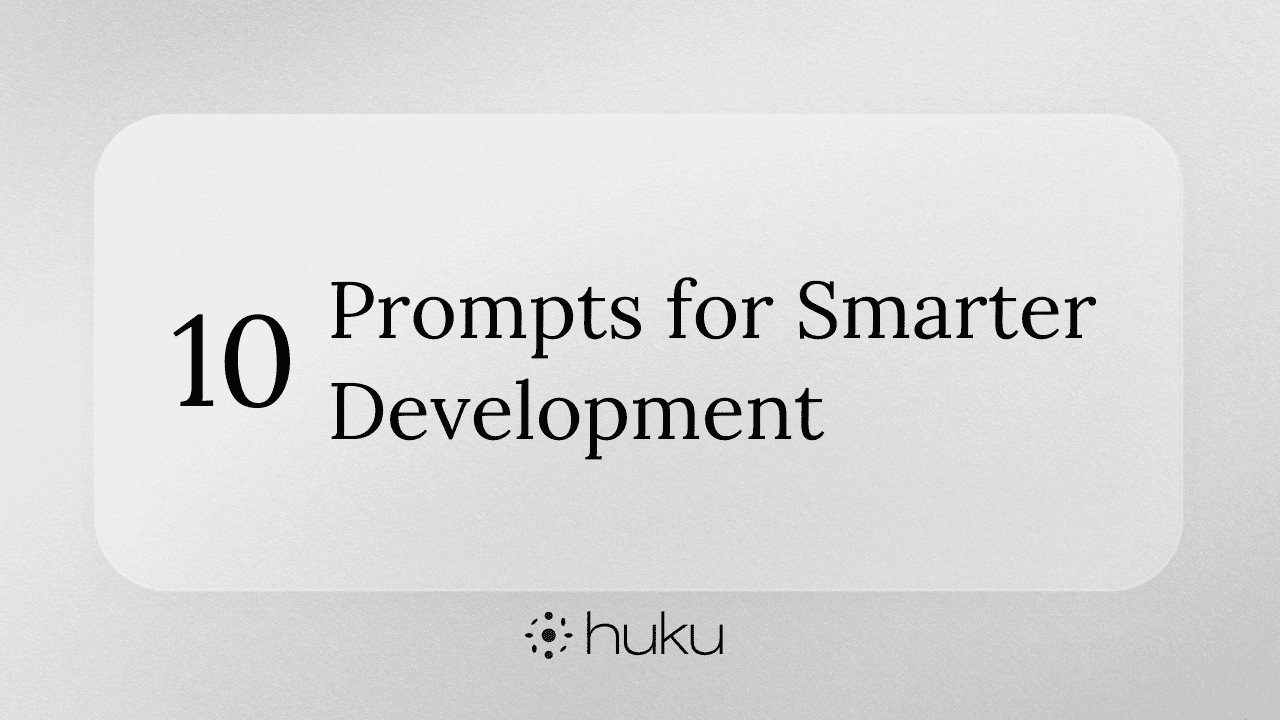AI Applications
Beyond Siri: Apple's Multilayered AI Ecosystem with a Privacy-First Approach
Author
Jun 12, 2024
TL;DR
Apple introduced “Apple Intelligence” with a focus on privacy, generative AI, and seamless user experience. Apple Intelligence is a classic example of Apple entering a space a bit late, but then outshining everyone else. While many features are on par with Google Gemini, what sets Apple Intelligence apart is its strong focus on personal data privacy, giving Siri superpowers and seamless integration with OpenAI when needed.
Apple is layering AI across the entire OS, bringing several exciting themes to life. Key features include multimodal I/O, agentic capabilities, proactive task initiation, on-device intelligence, and robust privacy. Siri, enhanced with OpenAI, serves as the primary interface, while developers can also leverage these AI features.
Apple Intelligence in layers : on device to cloud
Apple Intelligence operates on three layers:
On-device, small models
Apple private cloud, larger but not cutting-edge models
Public cloud, advanced models like GPT-4
On-device large language and diffusion models provide helpful features across iPhones and other devices. When you make a request, Apple Intelligence first checks if it can be processed on the device. If more computational power is needed, it uses Private Cloud Compute, sending only the necessary data to Apple Silicon servers for processing.
Private Cloud Compute is designed to offload complex AI tasks from mobile devices to secure servers in the cloud, addressing the limitations of on-device hardware for advanced AI features.
Apple is utilizing its own data centers with specialized secure devices to perform the offloaded tasks, leveraging the company's experience in building secure on-device processors. it employs advanced security measures such as Secure Boot, Secure Enclave Processors, stateless software, and routine re-keying with storage wipes to ensure data privacy and integrity during AI task processing in the cloud.
Importantly, your data is never stored or accessible to Apple; it's used solely to fulfill your request. Private Cloud Compute ensures cryptographically that your iPhone, iPad, and Mac will only communicate with a server if its software is publicly logged for inspection. Independent experts can inspect the server code to verify this privacy commitment.
App Intents : Agents for application
Siri will be able to both access data on your device and trigger actions based on your instructions. This is the LAM you want.
The upgraded App Intents API will transform Apple devices into the ultimate playground for AI agents. While Shortcuts can manually string together app actions, LLMs can perform these tasks dynamically, making Siri more agentic. Previously, Siri commands were somewhat opaque, but this is no longer a concern. LLMs are excellent at sanitizing inputs, correcting typos, and interpreting intent. With on-device transcription, typed instructions, and LLM input cleaning, Apple devices will become the most intuitive agent controllers on the market.
However, this combination of features is particularly vulnerable to prompt injection attacks.
A Principled Approach to AI Image Generation
Their approach to generative images stands out due to the introduction of a feature called Image Playground, which includes an on-device model. However, this model has a key restriction: it can only produce images in one of three styles—sketch, illustration, and animation.
This limitation is a strategic response to several ethical concerns associated with AI-generated images:
No Photorealism: By not supporting photorealistic outputs, the model eliminates the risk of creating deepfakes or offensive photos of individuals.
Distinct Visual Styles: The predefined styles ensure that AI-generated images are easily identifiable without the need for watermarks, promoting transparency.
Avoiding Plagiarism: Limiting the styles helps prevent the model from replicating specific artists' styles, addressing plagiarism and copyright issues.

Integration with ChatGPT
Apple is using ChatGPT is as a booster for their AI function. Users can choose if they want to use it. Apple is integrating ChatGPT into experiences within iOS, iPadOS, and macOS, allowing users to utilize ChatGPT’s features—such as image and document comprehension—without switching between different tools. Siri can also harness ChatGPT’s intelligence when needed. Before any questions, documents, or photos are sent to ChatGPT, Apple users are prompted for consent, and Siri then delivers the answer directly.
Privacy protections are built in for users who access ChatGPT — their IP addresses are obscured, and OpenAI won't be able to map user with requests. ChatGPT subscribers can connect their accounts and access paid features right from these experiences.
Summary
Apple's decision to build an AI infrastructure and open it to third-party models is a game-changer for both AI users and developers. This move mirrors Apple's strategy with chips, search, and browsers—areas where they weren't initially the best but excelled over time.
Users now enjoy the best of both worlds: the robust Apple ecosystem and cutting-edge AI models. In time, Apple is likely to develop its own leading AI model, much like they did with Apple Silicon.
We're fast approaching a time, you'll be able to open your phone, speak to it, and have it respond with a deep understanding of your needs. It will just work. This is thrilling, and as a user, I'm eagerly anticipating this future.
















